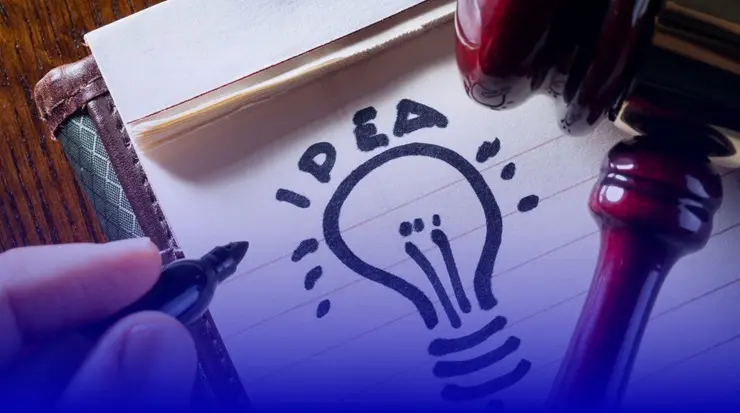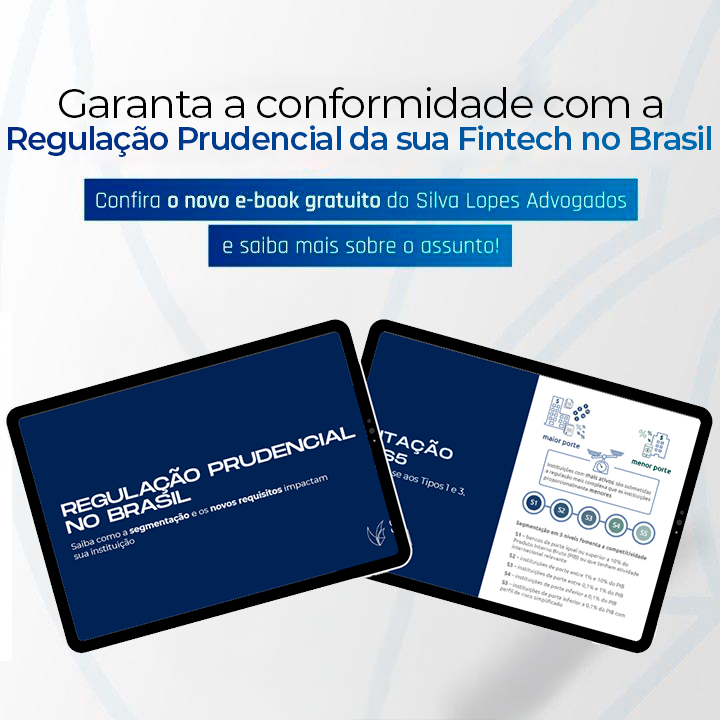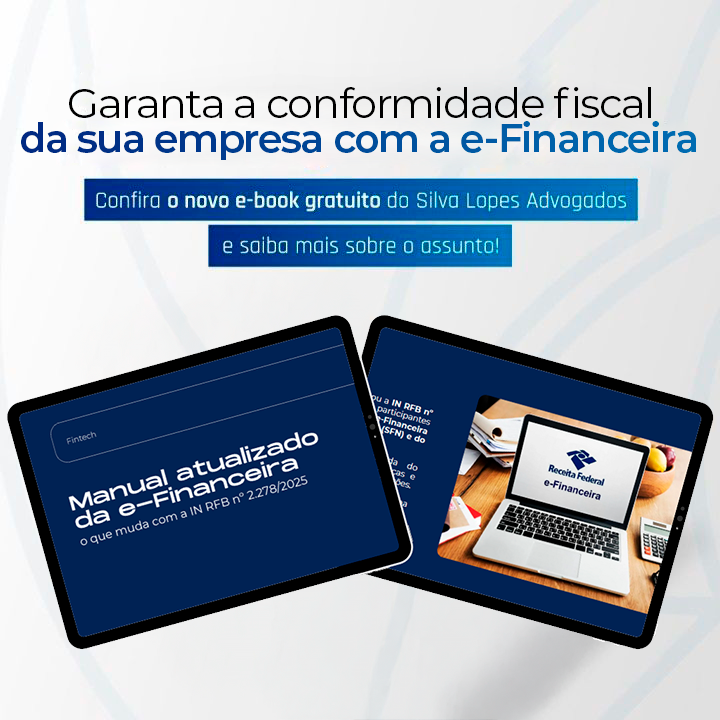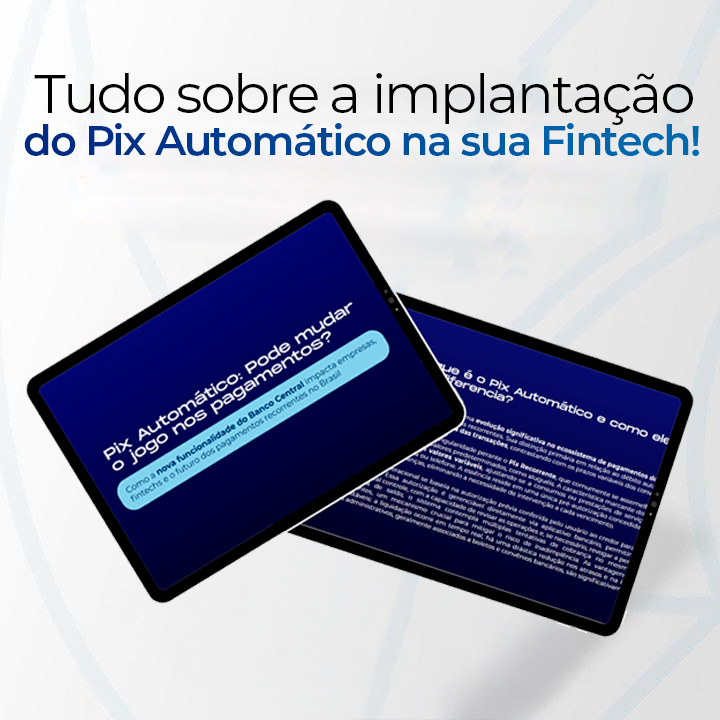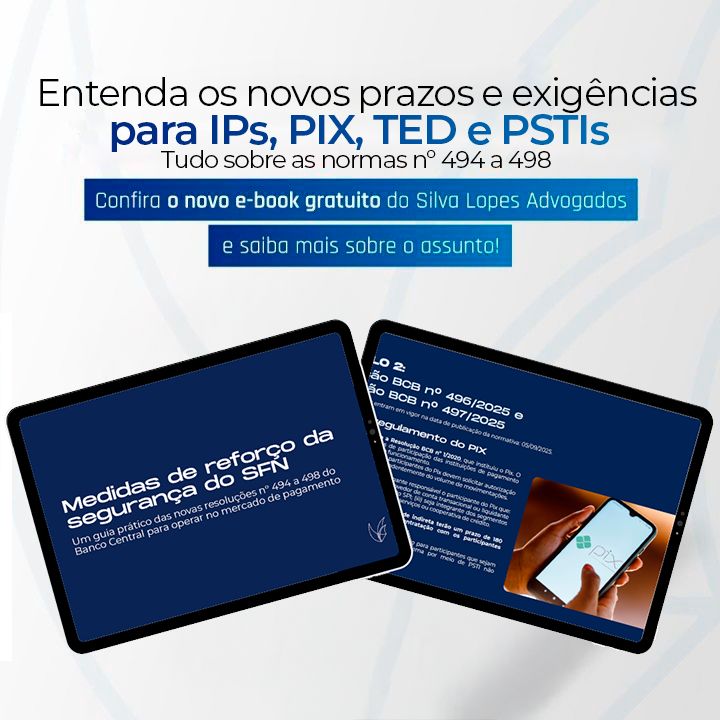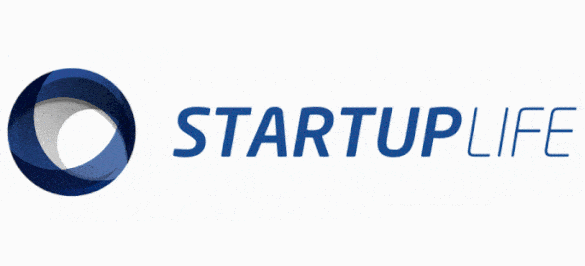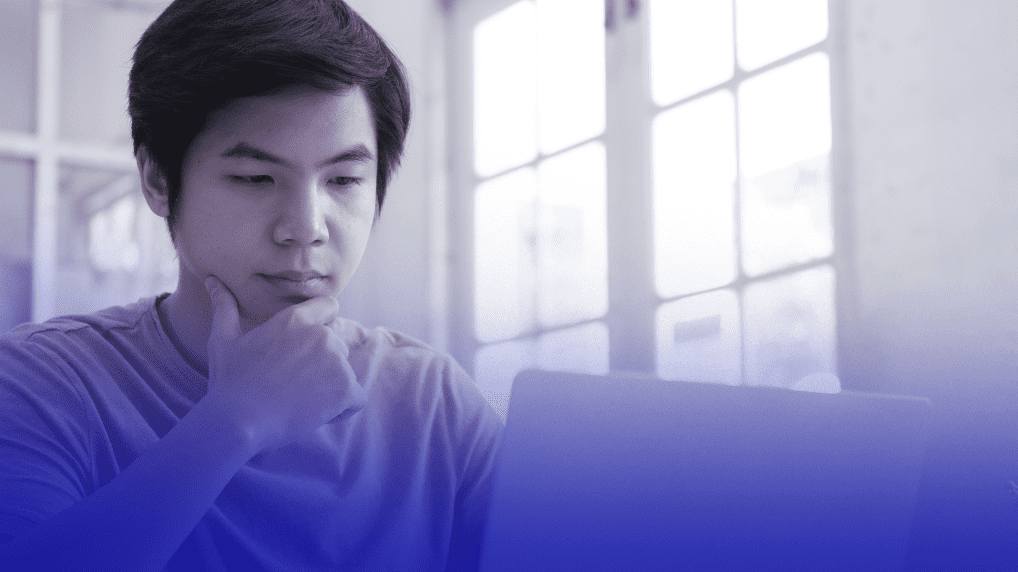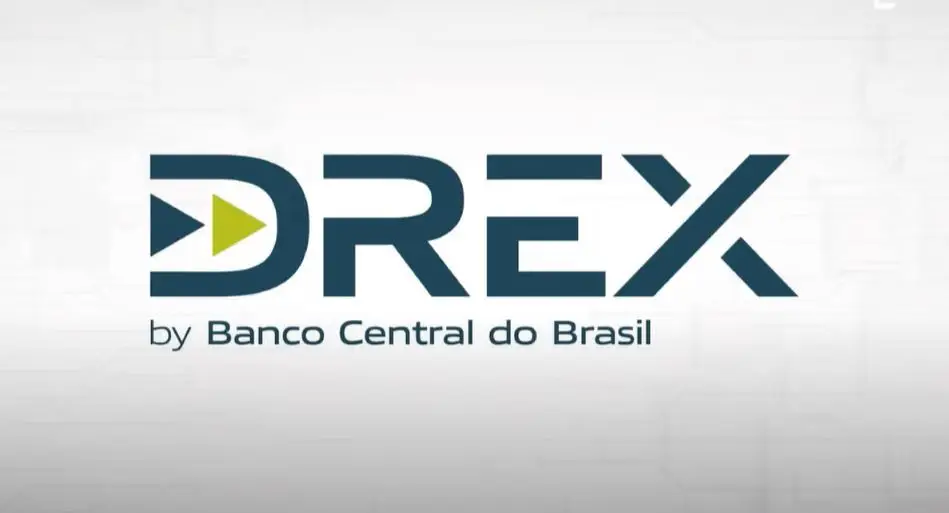Is it possible to register or patent a methodology used designing a product in Brazil? How do I protect a teaching technique or a conceptual procedure that led to the product developed? These are recurrent questions among partners and entrepreneurs who work in the technology market, since the value of a technology-based company does not lie in its tangible assets, but intangible ones.
To begin with, it is important to understand the etymology of the word methodology, coming from the Greek méthodos, which means “means to reach an end”, method is the path to achieving an objective. Methodology, therefore, is the study of the ways to achieve an objective.
It is important to start this article with basic notions and concepts regarding Intellectual Property and Industrial Property.
The term “Intellectual Property” is the right expression to designate works resulting from the human intellect whose intellectual property is protected by Copyright Law or Industrial Property Law.
Intellectual Property is a genre that includes at least two distinct protection systems: copyright, which regards with intellectual creations related to the world of arts, literature or science; and industrial property law, which focuses on intellectual assets used in the exercise of economic activities, such as trademarks and patents for inventions.
It is clear that each technological achievement is accompanied by the emergence of new challenges for Law and these challenges are constant. It has been this way since the invention of graphic printing with movable types by Gutenberg.
Having clarified the difference between Copyright Law and Industrial Property, the reader may be wondering which of these institutes it is possible to protect their methodology in.
The Copyright Law, Law No. 9,610/98, has a comprehensive and descriptive list in its article 7 of which intellectual works and creations are subject to protection. Some examples: texts and literary works, musical compositions, audiovisual works, paintings, computer programs, illustrations, etc. Not considering methodologies and ideas.
The name of the Law “Copyright Law” already suggests that it aims to protect the author of the creation. The Law considers the author and holder of the right to be the one who externalized his creation to the world first, that is, according to the criterion of anteriority.
Out of curiosity, there are optional and declaratory registrations that can be made within the scope of Copyright, such as: registration with ANCINE of audiovisual works, computer programs with INPI and literary works with the National Library, etc.
When we talk about the protection of teaching methodologies, procedures, business plans, projects or concepts, the Copyright Law has an express provision that methodologies are not subject to copyright, more precisely, in its art. 8th, which is worth reproducing below.
Art. 8 The following are not protected as copyrights covered by this Law:
I – ideas, normative procedures, systems, methods, projects or mathematical concepts as such;
II – schemes, plans or rules for carrying out mental acts, games or business;
III – blank forms to be filled in with any type of information, scientific or not, and their instructions;
IV – the texts of treaties or conventions, laws, decrees, regulations, judicial decisions and other official acts;
V – commonly used information such as calendars, agendas, records or captions;
VI – isolated names and titles;
VII – the industrial or commercial use of the ideas contained in the works.
Therefore, we realize that Copyright Law does not protect procedures and methods, such as teaching techniques. In practice, this discussion has already been the subject of a judgment by the Superior Court of Justice (STJ) in a 2014, judged by the 3rd Panel of the STJ under the report of Min. Nancy Andrighi, where an accusation of plagiarism by a project and methods used in it, the Minister highlighted in her vote that ideas, methods and projects are not subject to copyright protection, citing art. 8th of the Copyright Law. In her vote, Minister Nancy Andrighi highlights:
“Law no. 9,610/98, in its art. 8th, I, II and VII, expressly states that ideas, methods, systems, projects, schemes, plans and businesses are not subject to copyright protection. And it couldn’t be any different, as the Constitution of the Federative Republic of Brazil enshrines the principle of free competition and free enterprise. It is not possible to monopolize ideas, as they are the common heritage of humanity.”
José de Oliveira Ascensão, when discussing the ideas, states that there is no ownership or exclusivity of these, and that, once conceived, they constitute the common heritage of humanity.
In turn, Antônio Chaves states (CHAVES, Antônio. Creator of the intellectual work. São Paulo: LTr, 1995):
The author is free to decide whether or not to publish his ideas. But, “once the publication is carried out, a phenomenon occurs that escapes your control: the idea is not just yours; the public has it and can no longer lose it. The idea is refractory, by its very nature, to the property right that presumes the possibility of exclusive possession.
José Carlos Costa Netto, citing Luciana Freire Rangel, clarifies:
(…) you cannot deprive a person of creating an idea because someone else did it previously; otherwise, we would have all intellectual production prevented from being carried out. (…) (COSTA NETTO, José Carlos. Copyright in Brazil. Editora FTD, 1998)”
Once the protection regarding methodology has been overcome, it remains to be understood whether the methodology is capable of protection under Industrial Property Law.
INVENTION PATENT or UTILITY MODEL?
When we talk about industrial property protection, we have to analyze what is called invention patent and Utility Model patent.
Invention Patent, according to INPI itself, has the following concept: The Invention Patent (IP) is intended for the natural or legal person who wishes to apply for a patent for the invention of a new technology for a product or process, which meets the requirements of novelty, inventive activity and industrial application.
Utility Model (MU), according to INPI, is the Utility Model Patent is intended for the natural or legal person who wishes to apply for a utility model patent for an object of practical use or part thereof, susceptible to industrial application, which presents a new form or arrangement, involving an inventive act. that results in functional improvement in their use or manufacturing, such as utensils and tools.
With the concept of invention patent and utility model, it is clear that a methodology alone is not subject to protection by these institutes, as it will need to comply with some requirements such as novelty, inventive activity and, last but not least, industrial application. The duration of the Invention patent has a term of 20 years, while the utility model patent has a term of 15 years.
In other words, the methodology itself is also not protected by Industrial Property Law, which expressly prohibited this possibility in Law No. 9,279/96, the methodology must be part, for example, of a set of requirements such as industrial applicability, inventive activity and novelty.
Therefore, it is not considered an invention or a utility model:
- Discoveries, scientific theories and mathematical methods;
- Purely abstract conceptions;
- Commercial, accounting, financial, educational, advertising, lottery and inspection schemes, plans, principles or methods.
- Literary, architectural, artistic and scientific works or any aesthetic creation;
- Computer programs themselves;
- Presentation of information;
- Game rules;
- Operative or surgical techniques and methods, as well as therapeutic or diagnostic methods, for application to the human or animal body; and
- The whole or part of natural living beings and biological materials found in nature, or isolated from it, including the genome or germplasm of any natural living being and natural biological processes.
Finally, the methodology alone is not subject to protection as it represents a risk to the principle of free competition and free enterprise, the hard core of any well-developed nation, with our Federal Constitution providing for the protection of free enterprise and free competition.
Have any questions? The team at Silva Lopes Advogados can help!
*Layon Lopes is the CEO of Silva Lopes, Euzébio is a partner and Tiságoras Mariani is a member of the Silva Lopes team.
